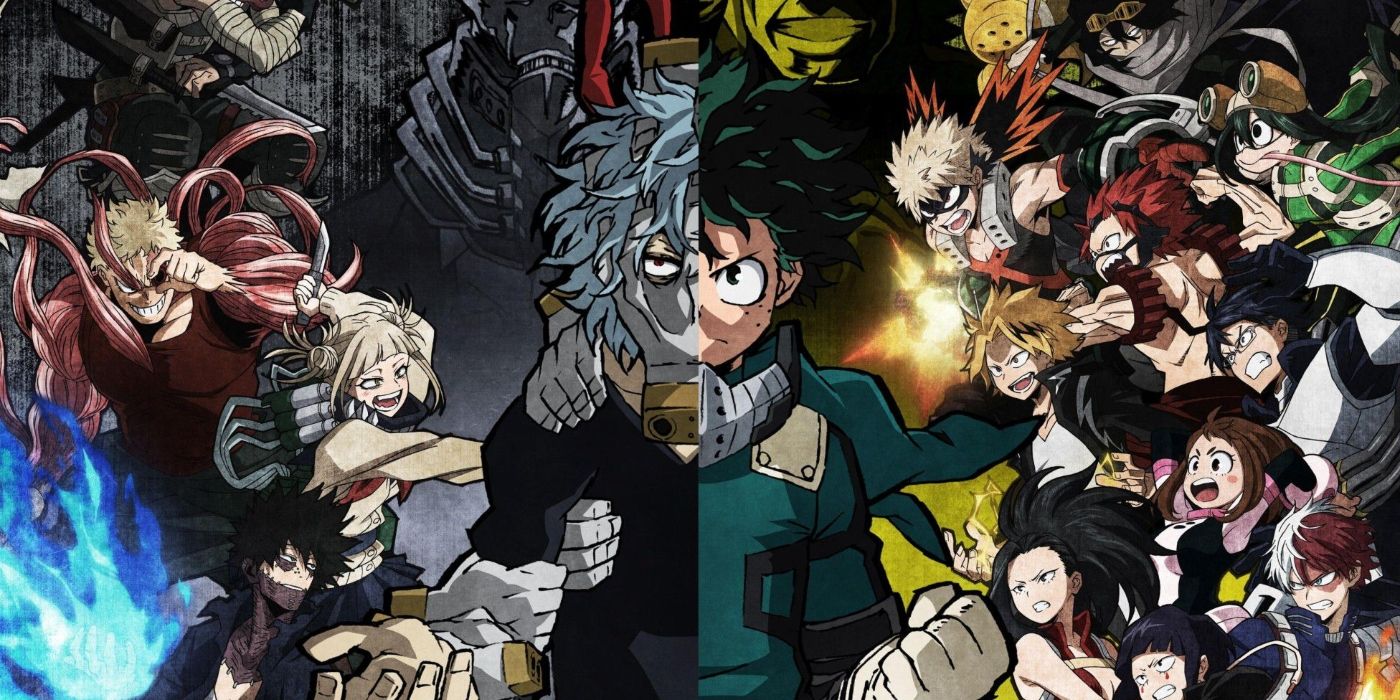
As Izuki Midoriya, also known as Deku, attends UA High School for young heroes in training he learns more about what it takes to be a hero outside his classroom. Heroes in training aren't normally supposed to face villains, at least not in their first year, but that's what inevitably happens to Deku throughout My Hero Academia.
Whether Deku seeks out these battles or the fight comes to him, he himself has fought many villains, and with each battle, several harsh lessons followed. Each of these lessons he learns helps him grow in strength and maturity and simultaneously reflects what it really means to be a hero.
9 Analysis Makes A Huge Difference In Battle
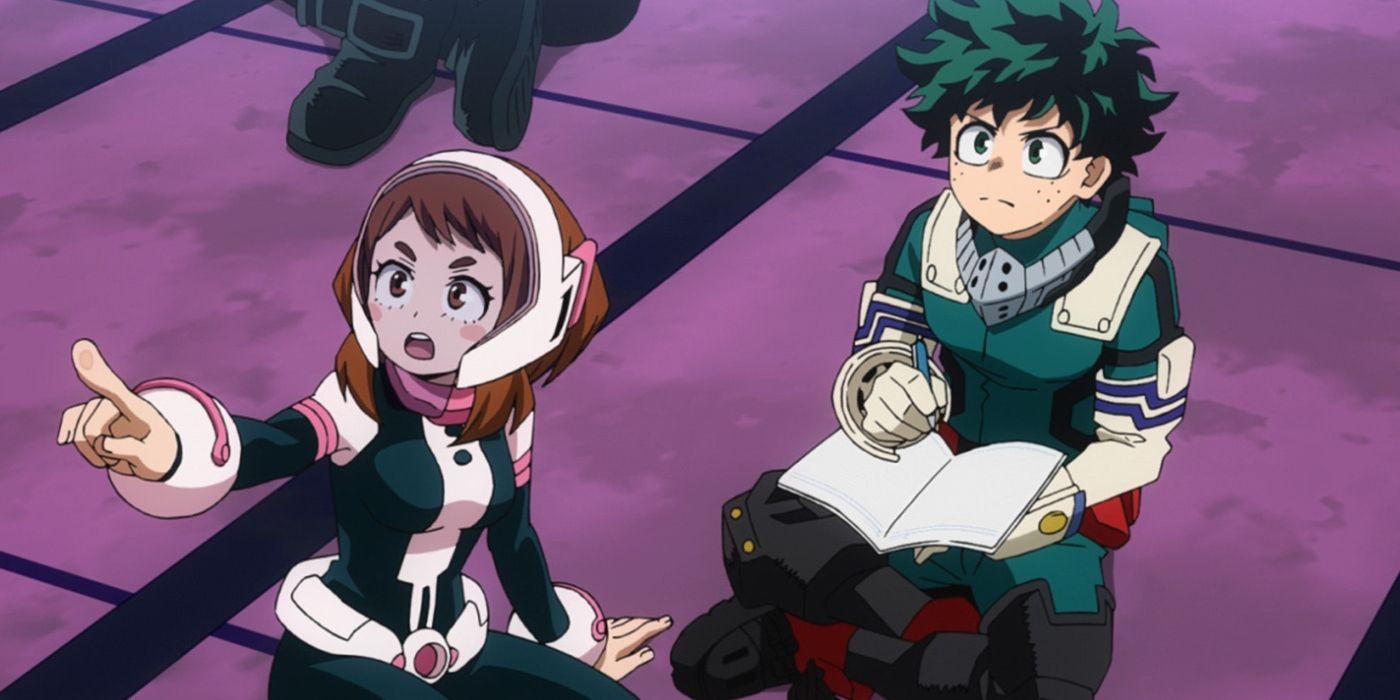
Bakugo might scoff at Deku's deep analysis of quirks, but knowing the enemy's capabilities and more importantly, their limitations, is the fine line between victory and death. In their very first altercation with villains, Deku was able to lead Tsuyu and Mineta through the battle at the USJ training grounds thanks to a strategy he put together.
Analyzing the situation helped Deku win against Stain, and it even helped him and his classmates save Bakugo from the League without breaking the rules, proving that with great analysis comes a brilliant hero.
8 Use The Villain's Ability Against Them
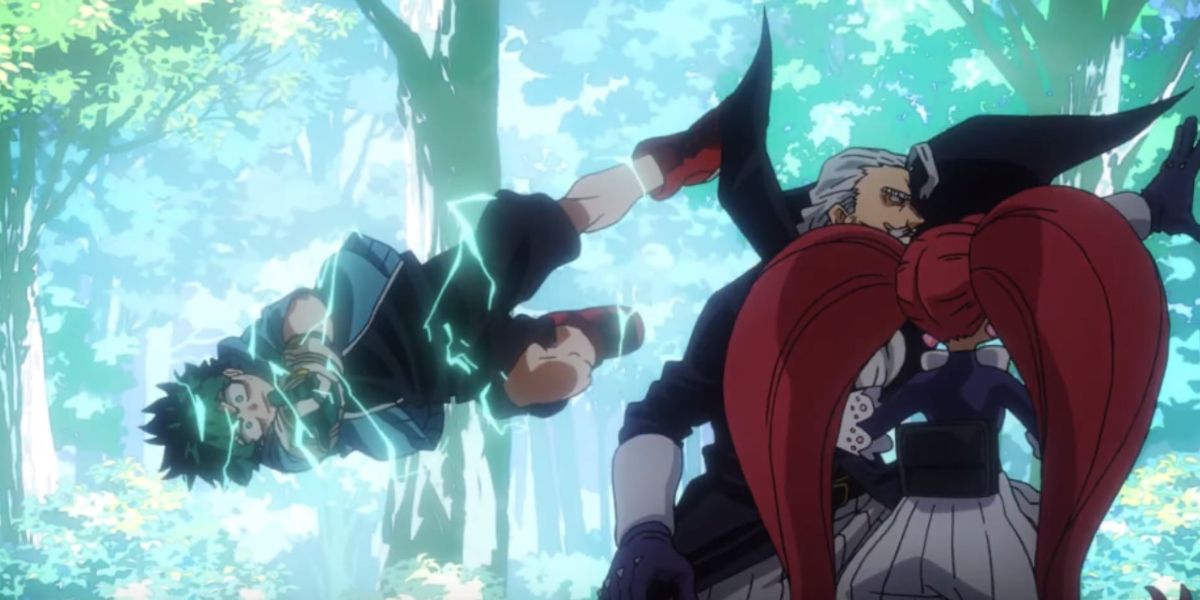
Learning about a villain's quirk isn't only about defensive strategy, it can also be used to come up with a clever and effective offensive one as well. In his fight against Gentle Criminal, Deku took advantage of the villain's ability to make anything elastic, even air. At first, the quirk took everyone by surprise, not understanding the mechanics behind it, but Deku was able to figure it out and use it to his advantage.
When it seemed like Gentle Criminal was going to move forward with his plot to ruin the school festival, Deku figured the best way to follow him in the air was to use the elastic as a way to launch himself ahead and catch the villain.
7 Sometimes The Fight Has To Go To Another Hero
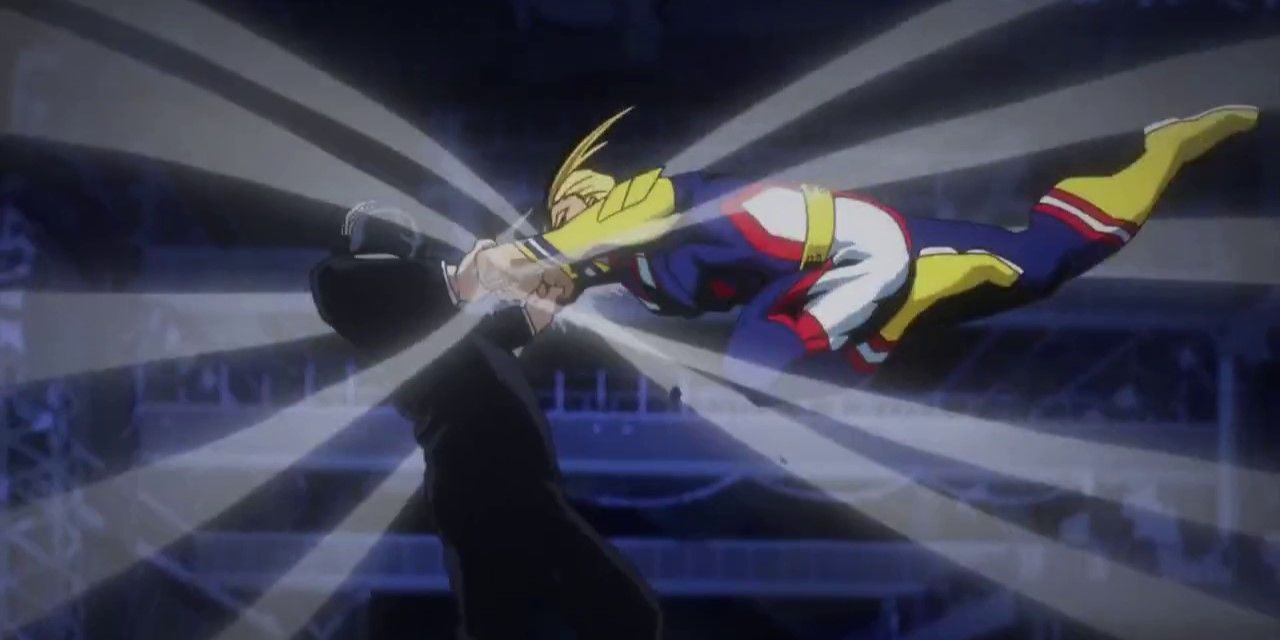
Few heroes can leap ahead of everyone and make the situation better, and since Deku and his friends are still rather inexperienced, there are a number of times where they have to stand back from the fight. This is either because they are officially unqualified, they are unable to properly handle the situation, or because they would stand in the way of a stronger hero.
When the main antagonist, All For One, reveals himself, the young heroes are well aware that they are not enough to help in battle. With the focus of rescuing Bakugo, they create an opening for an escape without engaging in the conflict directly. When the battle between All Might and All For One begins, not a single person steps in, knowing that All Might is the only one who can handle the situation.
6 Jumping In And "Being The Hero" Is Not Always Best
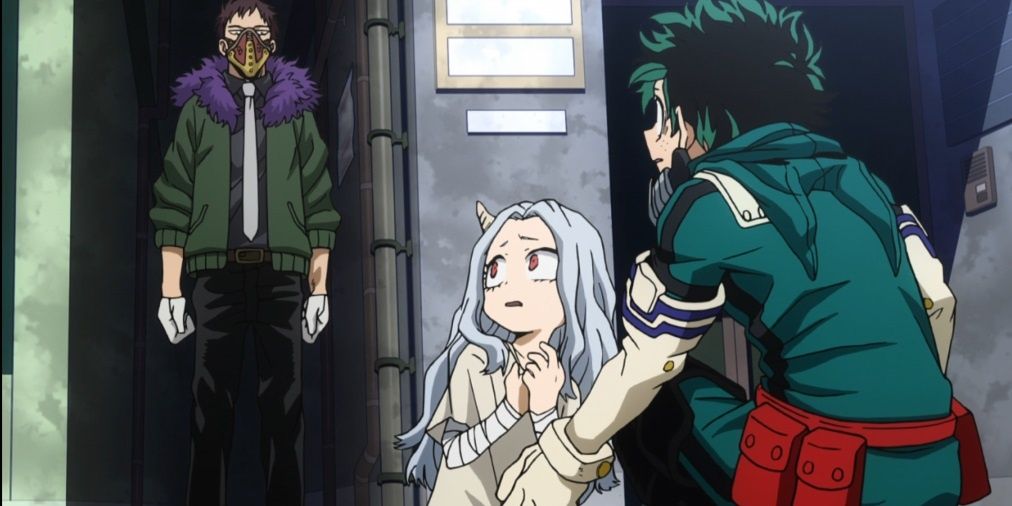
Being a hero doesn't always come down to fighting battles, sometimes the fight has to be put on hold and the hero has to wait for the right timing. This is more likely to happen with a villain whose heinous acts haven't been noticed by the authorities and more civil action has to be taken first. Unlike the villains, the heroes are actually trying to work with the law.
This happened when Deku and Lemillion met Eri on their patrol. They both knew she was in danger, and yet could do nothing but leave with her abuser. If they fought Overhaul at that moment, the villain wouldn't even have to fight back because they had no probable cause to strike him. It would've been an illegal assault and a waste of time.
5 Learning The Difference Between A Hero And A Vigilante
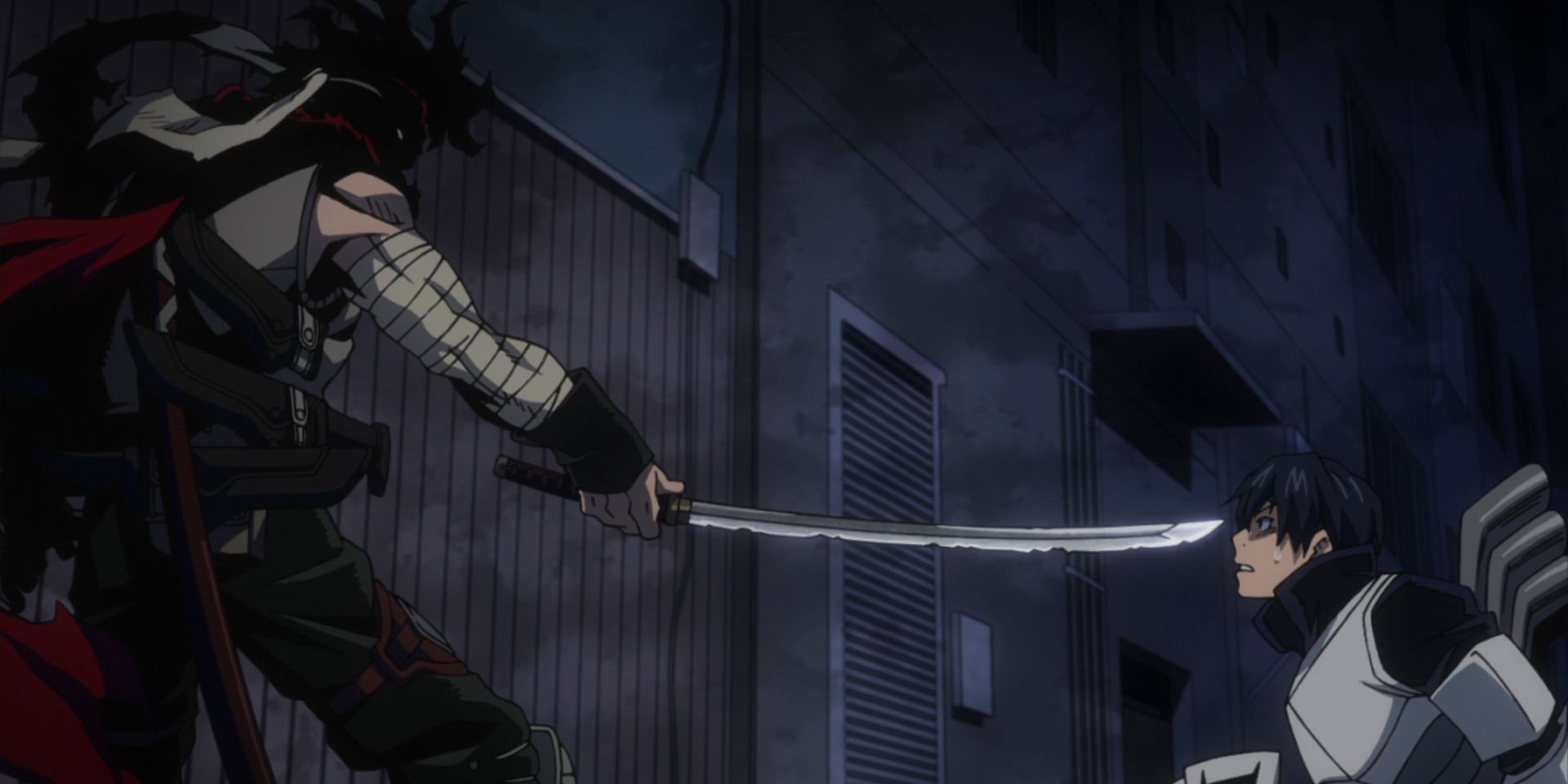
In order to become a proper hero, Deku and his classmates need more than just strong quirks, they need hands-on experience that can prove to be more in-depth than schoolwork. Basically, the work of a hero is not always as simple as "saving the day"; a concept that the young heroes have to learn the hard way.
When Iida goes after Stain and also when Deku and Kirishima first plan to rescue Bakugo, they weren't exactly on the best path towards becoming a hero. However, they revealed over time that they learned their lesson, proving they could work within the lawful and moral limitations that a true hero will accept and that a vigilante would ignore.
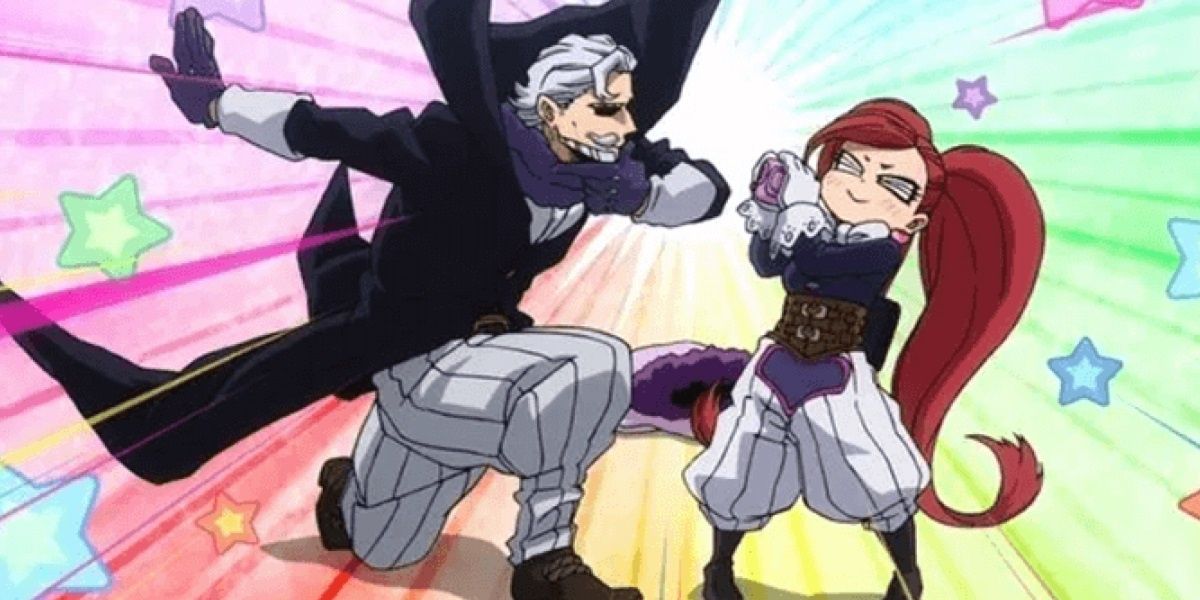
When he fought to protect Iida from Stain's vindictive wrath, Deku was introduced to a villain who was trying to bring good into the world, his tactics were just what was evil. As the series progresses, it's not hard to see how the profession of heroism has reduced the hero to a superficial celebrity and that's exactly what Stain was trying to destroy.
Other villains that Deku faces, like Gentle Criminal, show him that not every villain can be lumped into the same category, and some of them might just need help in changing the errors of their ways rather than being brutally punished.
4 A Hero Can't Always Win On Their Own
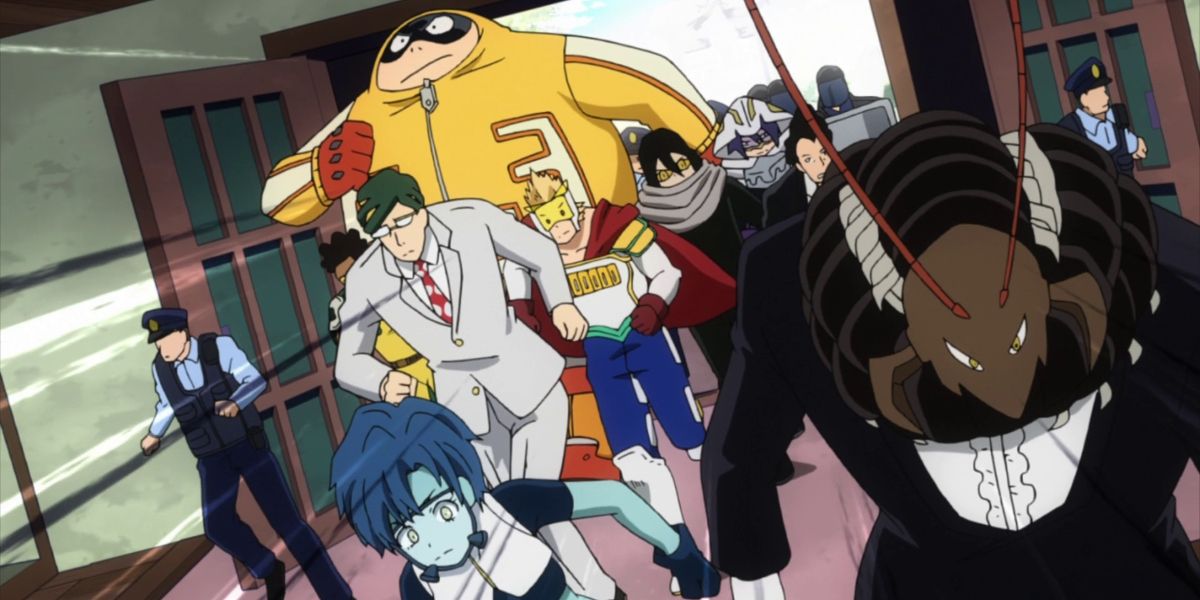
With All Might being the exception more often than not, every hero needs other heroes for support. Deku was probably aware of this fact beforehand, but the lesson is driven into him as he battles more villains.
If he didn't reach out for help in the battle against Stain, he would've lost, and if there weren't multiple heroes working the Shie Hassakai siege, the yakuza group would've been able to escape or overwhelm the heroes. One of the main lessons taught in UA High is to work with others and that strategy is proven successful a number of times throughout the series.
3 Sometimes The Civilian Can Save The Hero
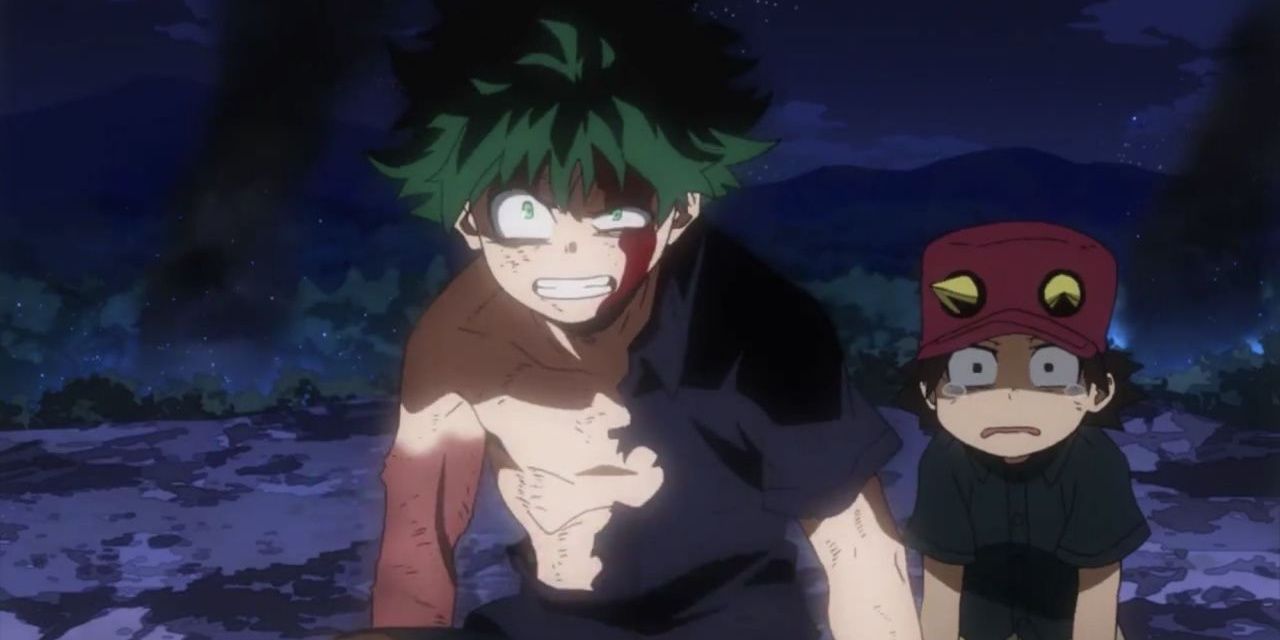
On two occasions Deku is saved thanks to the efforts made by a bystander, coincidently, both being children. The first is when the League of Villains attacks the students at the summer camp. Deku fights against the powerhouse villain Muscular with the boy Kota helplessly watching from the sidelines, except Kota doesn't stay hopeless for long.
When Deku is in trouble of being killed by Muscular, Kota awakens his quirk, squirting water at the villain, which manages to distract him long enough for Deku to launch his final destructive blow. A similar scenario happens at the end of the Shie Hassakai siege, with Eri pushing back against her abuser Overhaul and helping Deku attain enough strength to win the battle.
2 Never Give Up Hope
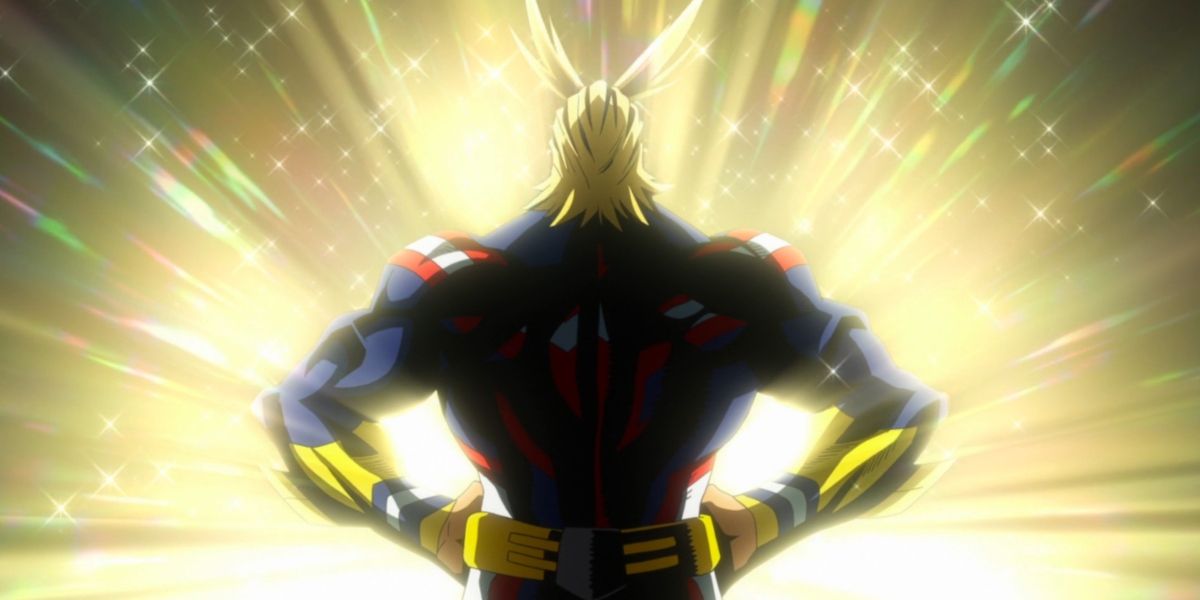
Whether it was at the beginning of his time at UA or being involved with pro heroes, Deku learns that not giving up and finding a way to victory is also of key importance to hero work. The attack at USJ, his fight against Muscular, and even the hopeless battle against Overhaul all ended the same way; Deku didn't give up hope and found the strength to pull through.
As important as it is to be smart and know your own limitations, Deku has learned the most important lesson of being a hero is that no matter what the hero must always try. Even if it seems hopeless, even if the odds are stacked against you, the hero must always find a way.
1 Fight With A Smile
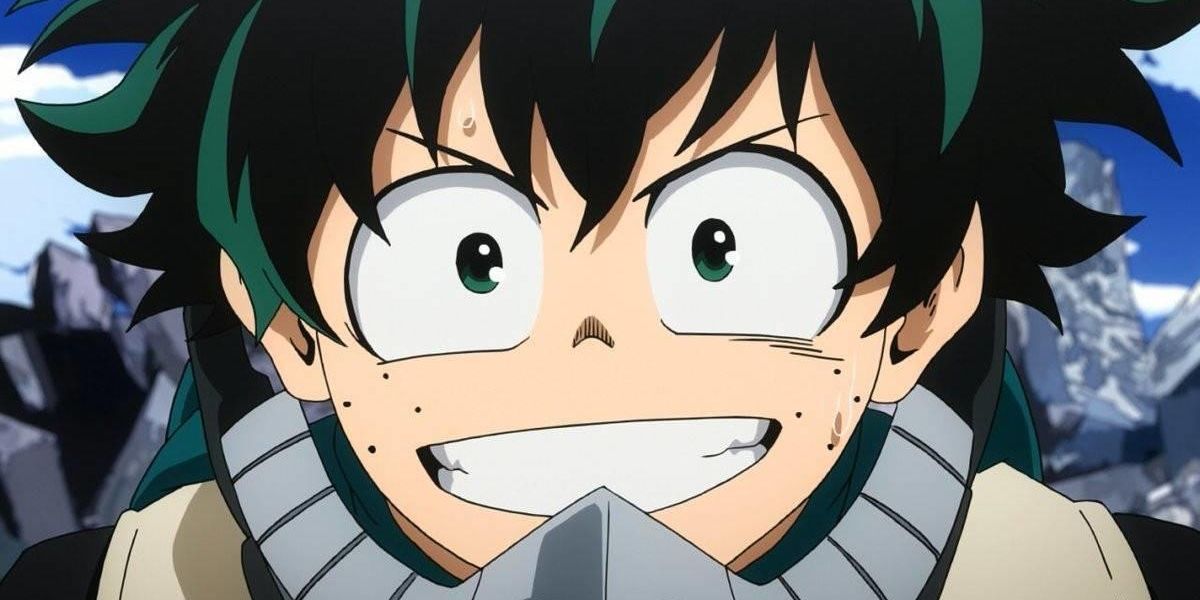
Not every hero has a big smile on their face like All Might, and it's more likely that Deku attempts to smile while fighting against Overhaul to copy his mentor, but that doesn't change the effectiveness of this strategy. When the hero smiles in the face of adversity, it lightens the mood and brings people hope. Whether or not the hero actually feels so confident is in question so it's more like a "fake it until you make it" sort of thing.
Deku is trying to be a hero that succeeds at saving people and being an inspirational figure, like All Might of course. It's important for a hero to never give up, but the hero that smiles while never giving up is on another level.
0 Comments